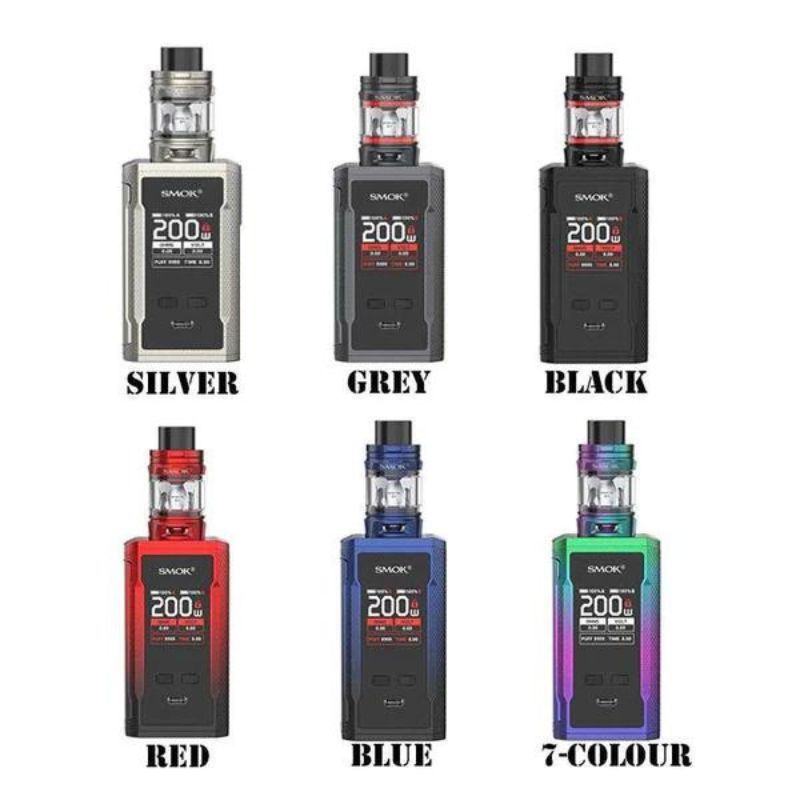Smokin fire vapor is produced by incomplete combustion of material, like in a campfire. In the early stages of burning, hydrocarbons evaporating from logs go up into the air as smoke.
Vapor, on the other hand, is not a byproduct of incomplete combustion. It’s created during the heating process and is a distinct substance in its own right, as defined by the short definition above.
E-Liquid
E-liquids are a key part of the vaping experience. They are typically made up of a combination of propylene glycol (PG), vegetable glycerine (VG), flavours and nicotine.
PG is an organic, water-absorbing alcohol that can be vaporised through heating or vigorous shaking. It is also used as a food preservative and anti-caking agent, and can be found in many consumer products such as toothpaste, cosmetics and skin care.

However, a 2018 study in Nicotine & Tobacco Research has found that the reactions between flavorings and PG can increase exposure to toxic chemicals and may be harmful to users. This could make e-liquids more dangerous than tobacco cigarettes.
Aside from being addictive, nicotine is a poisonous substance that can cause lung cancer and other health problems. It can also trigger a reaction in the brain that makes it hard to stop smoking.
E-Cigarettes
When someone uses an e-cigarette, they are inhaling a liquid that contains nicotine and other chemicals. The liquid can be flavored with menthol or other substances.
Typically, the flavorings are added to a base that contains propylene glycol and glycerin. When the e-cigarette heating element heats the liquid, it turns into an aerosol that can be inhaled by the user and by others nearby.
Because e-cigarettes contain nicotine, they can be addictive and dangerous for youth and young adults to use. They can also be a gateway to smoking conventional cigarettes.
Smoking e-cigarettes can lead to lung disease, heart disease, cancer and other health problems. They may also cause serious injuries and death from fires and explosions. They can also make people sick if they swallow, breath or absorb vapor from the device into their skin or eyes.
E-Pipes
E-pipes are a great alternative to smoking tobacco. They offer a similar experience, but do not create smoke or ash, making them safer for you and the environment.
Various vaporizers use a battery to heat a coil or atomizer and turn the vape juice in the device into vapor that you can inhale. They can be reusable, disposable or refillable.
There are a lot of different kinds of e-pipes, from inexpensive Chinese models to hand-carved, high-end pipe makers. They all have their own unique style and are priced accordingly.
Some e-pipes allow you to inhale vapor through your mouth as well as your lungs. These are called mouth to lung (MTL) pipes, while others have atomizers and let you inhale vapor direct to your lungs as you would when you take a deep breath.
Many people find that they become addicted to their electronic pipes. This can cause withdrawal symptoms including headaches, cravings for nicotine, moodiness, anxiety, depression, shaky, cranky or irritable behavior and sleeplessness.
Vaporizers
Vaporizers (or vapes) heat up dried herbs and concentrates in a way that allows you to inhale vapor, which is not smoke. They are a popular alternative to smoking, as they produce less-toxic smoke and tend to be much more discreet than cigarettes.
There are several types of vaporizers, including portable vapes and desktop vapes. Some portable vapes are designed for dry herbs, while others vaporize concentrates like wax or oil.
Some portable vaporizers use a whip or hose-like mouthpiece, while others vaporize in a bag or balloon. Some, such as the Volcano, do away with the whip and instead use an internal fan to fill a balloon with vapor.
Although vaporizers are safer than cigarettes, they can still cause harm in some situations. For instance, many schools and hospitals have implemented smoke and vapor sensors to prevent underage vaping and monitor student use. These devices detect smoky and vape-filled rooms and send alerts to facility managers.